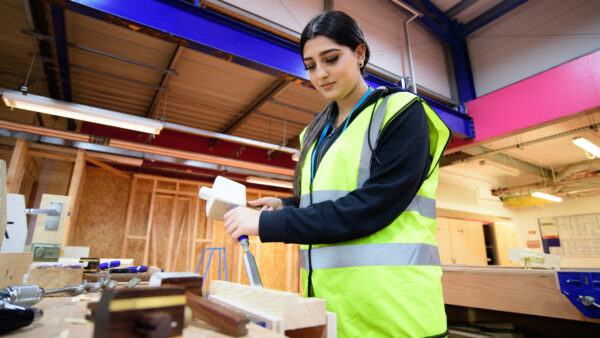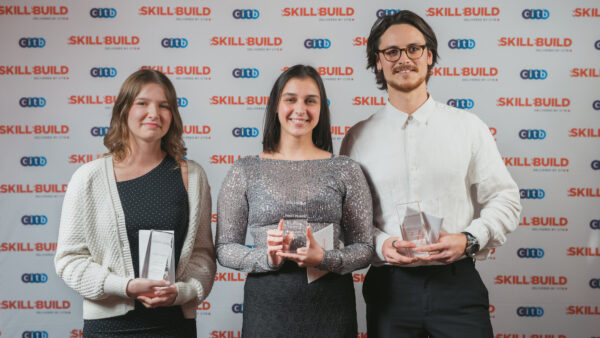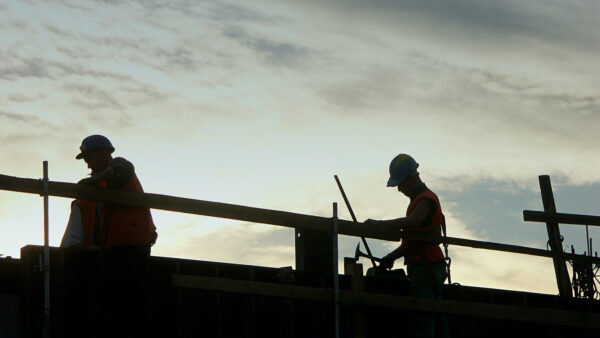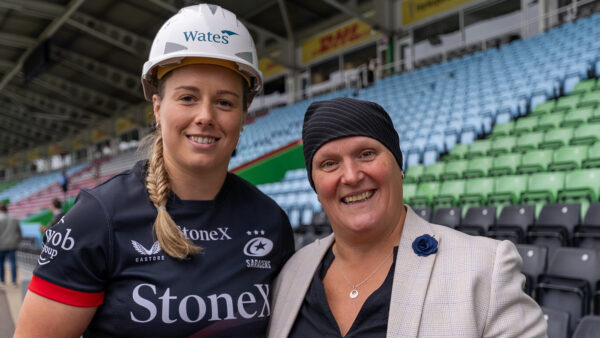
Mott MacDonald’s focus on major building projects is not just about winning more work and improving outcomes for clients – it’s about giving younger engineers better career experience too.
Being asked to design a first-of-a-kind building in the UK as a young engineer and then being given the opportunity to be resident engineer on the project has shaped James Middling’s career.
Now in his latest role at Mott MacDonald as major projects director for buildings, he is determined to give others the opportunity to develop their skills and capabilities in the same way.
Middling’s focus on the built environment is not as new as his job title – it was part of his previous role as global sector lead for the built environment too.
The difference now is the focus on growth. He aims to shape the team by adopting lessons from how major infrastructure projects are delivered elsewhere within the firm.
“Of course, the buildings team already support major infrastructure projects within Mott MacDonald, such as metros and airports,” he says.

By taking an infrastructure delivery approach, we can take complex, technically demanding major buildings and make them simpler to deliver and affordable
“My role is to set us up to win and deliver more major buildings projects. To do that, we will use the knowledge gained from infrastructure delivery [and ensure] we have the right people with the right skills.
“When you look historically at buildings projects, they tend to be smaller than infrastructure ones.
“As a result, the teams are not as big either, but they are more agile with their skills. So a project principal in buildings is a jack of all trades.
“If you look at transport projects, they are bigger schemes that are slower moving, and there are different layers to how the teams delivering those are structured.
“Those teams still have a project principal, project managers and technical leads – the recipe is the same but there is a difference in scale.
“As a result, there are other roles that don’t exist in typical buildings projects – but they should if we are working to deliver better outcomes for the clients.”
According to Middling, achieving this different range of skills is not just about recruitment, it’s also about considering how to develop the people already in the business.
“It’s about how we can learn from the way that we successfully deliver in oil and gas, nuclear energy, rail projects and other major programmes of infrastructure and how can you adapt that approach, while bringing in the additional layers of roles that don’t typically exist in buildings,” he adds.
Middling believes that this market-facing focus is critical for approaching projects differently and supporting clients to move away from meeting a series of outputs to instead thinking more creatively about solutions that will deliver outcomes.
Exciting opportunities
According to Middling, it is a particularly exciting and challenging time to be working in the built environment. In his view, these challenges include how major building projects address sustainability – and more.
“Often sustainability focuses on doing fewer bad things, which is good, but collectively we’re still doing too many bad things,” he explains.
“We need to be progressing towards regenerative buildings, where you’re restoring and actively replacing where we have previously taken away from nature and developing that approach needs to be the focus for the future.
“So, if you build a building, how does it regenerate more of the natural environment than it consumes over its life by a significant measure?”
However, Middling believes this is where clients will need more support. And the range of different roles he envisages for the major building projects team is key to addressing that.
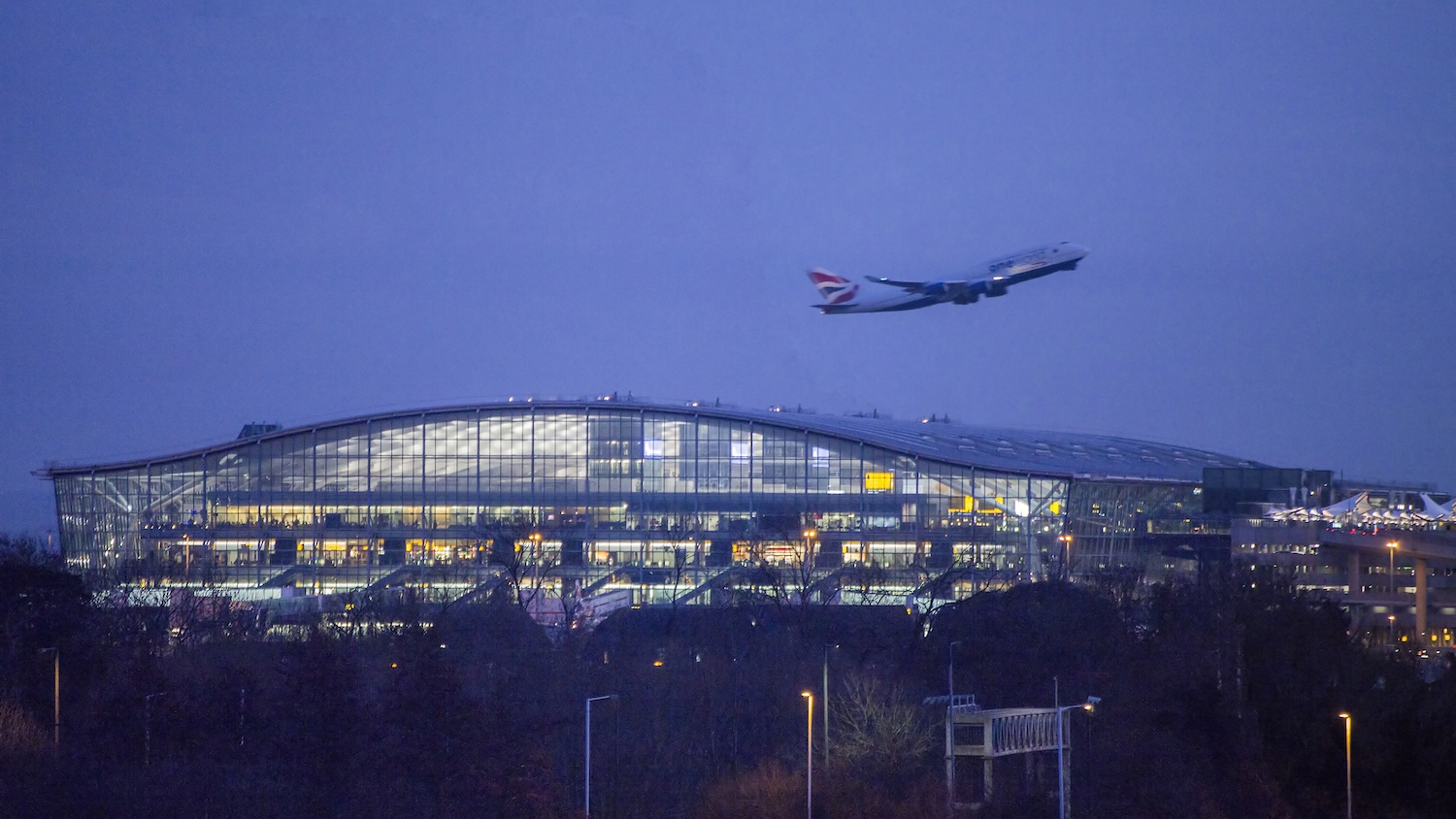
(image: Patrick Rowney, Dreamstime)
He says: “By taking an infrastructure delivery approach, we can take complex, technically demanding major buildings and make them simpler to deliver and affordable with transparent benefits for the client and society.
“It moves us away from being focused on how we turn inputs to outputs – which is an absolute race to the bottom for engineering, as clearly that is what AI can do. Instead, we can turn our limited resources into valuable outcomes.”
Team development
To set the team development up right, Middling says that he is undertaking a gap analysis on roles within major infrastructure schemes and looking at the way the industry conventionally sets up teams on major buildings projects.
As part of that process, he wants to ensure technical capabilities are really valued and seen in the same way as project principals and project managers.
Middling acknowledges that part of that process will focus on knowledge sharing.
The emphasis is very much on supporting existing colleagues to develop new capabilities rather than recruiting in expertise – he is keen for others to experience the same excitement of working on major projects and the responsibility he gained early in his career.
Career milestones
After graduating from the University of Manchester with a degree in structural engineering and architecture, Middling joined Bechtel and worked on the Channel Tunnel Rail Link, which is now known as High Speed 1.
During that time, he worked on the St Pancras and Ebbsfleet stations as part of the architectural team, before getting involved in some of the civils work on the line itself in Kent.
Although he enjoyed the major project element of his role, he wanted to experience other sectors and joined RT James, which was a small London-based firm focused on the commercial sector.
He says that he learned a lot about how to build buildings during his time there, but it was the lure of much bigger projects that drove him to leave and join Mott MacDonald 25 years ago.
“It was the potential of working on the new Wembley Stadium and Heathrow’s Terminal 5 that initially drew me to the business,” he says.
I want to develop an environment where the first thoughts are ‘what if?’ and ‘how could we?’
“I ended up not working on either, but I did work on the new AIG headquarters at Fenchurch Street.
“As a 25-year-old engineer, I was effectively allowed to design the whole of the 17-storey building, which was the first major post-tensioned concrete building in the UK. It was quite a step up.”
Belief to succeed
He says he was given the opportunity to fail but with the belief that he would succeed.
“The specialist contractor for the work was Freyssinet, the global leader for post-tensioned concrete. They reviewed my work, which was nerve-wracking, but they approved the design and I was then allowed to be resident engineer on the job too.
“That really helped develop my knowledge and was a gateway project for my career.”
Middling would like to see more engineers at Mott MacDonald get the same early experience he had and inspire them to become technical leaders of the future.
He believes that setting out the new infrastructure-style roles within the building sector will create a clearer technical career path for people.
According to Middling, this focus on younger engineers is also key to unlocking creative and innovative solutions.
“I want to develop an environment where the first thoughts are ‘what if?’ and ‘how could we?’ and not ‘what do we normally do?’,” he says.
What’s clear is that Middling believes it’s an exciting time to be working on major building projects. He is also determined to make it an exciting time to be an engineer of any age working on these projects at Mott MacDonald.
Are you looking for top construction talent? Want to get ahead of the competition? Contact Sophie Holland at CIOB Jobs.


